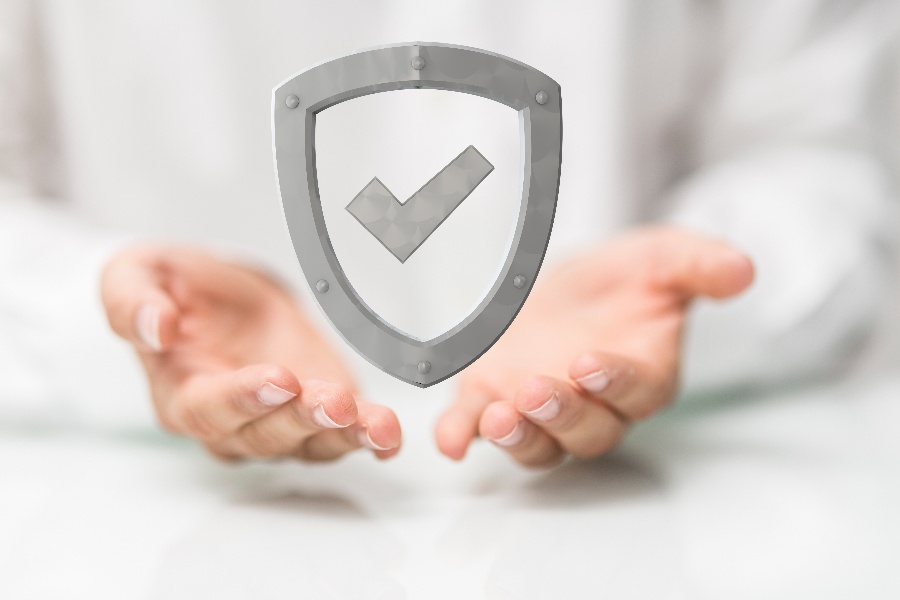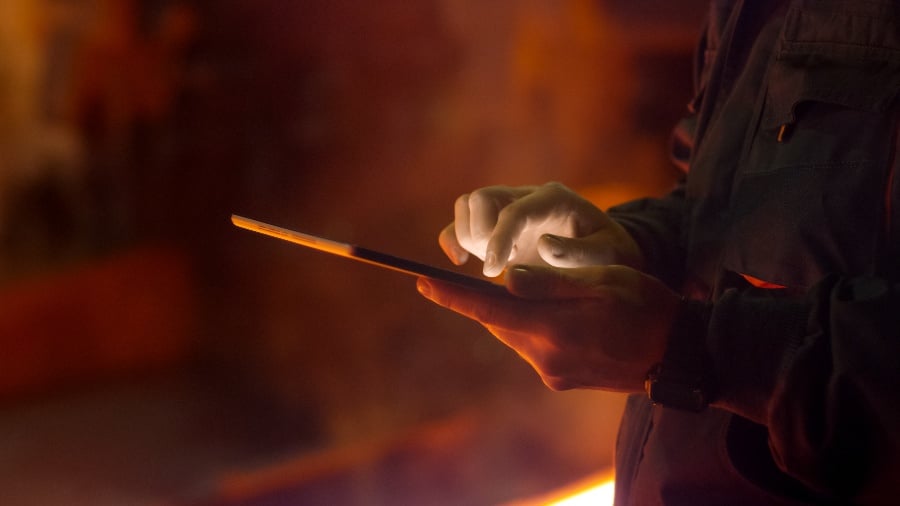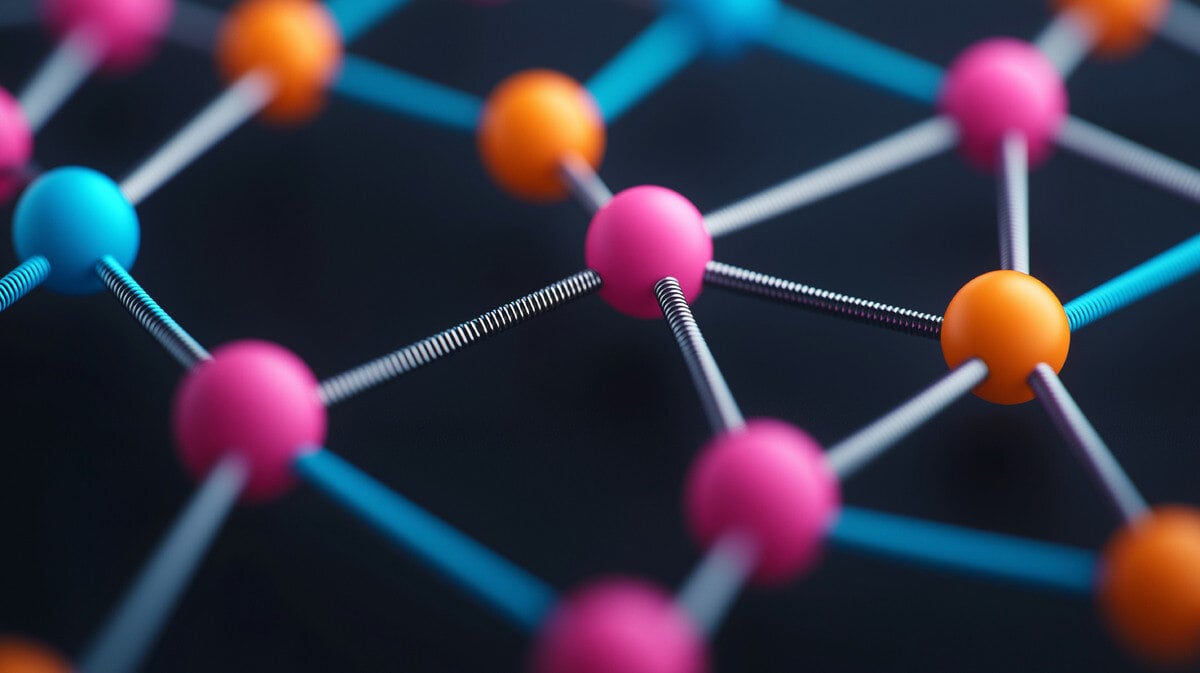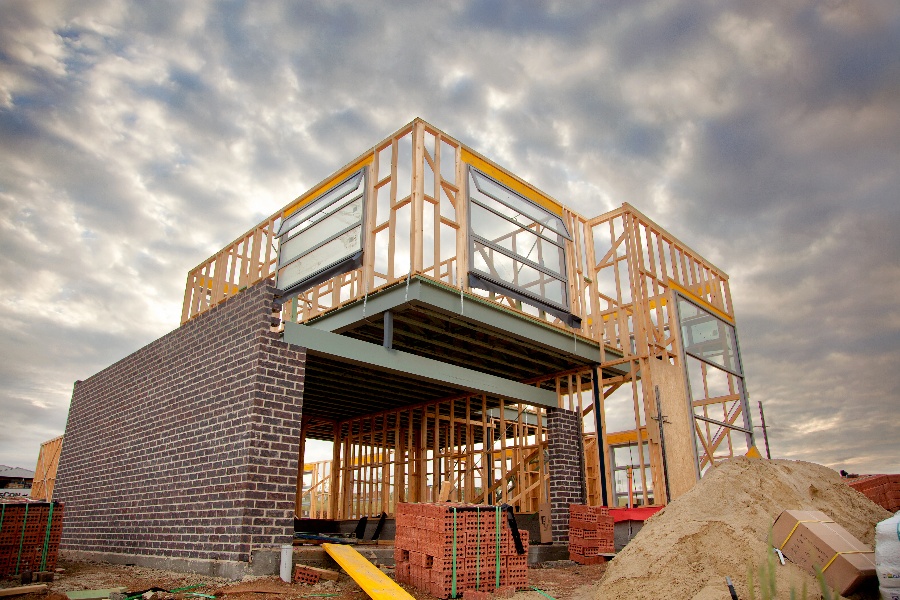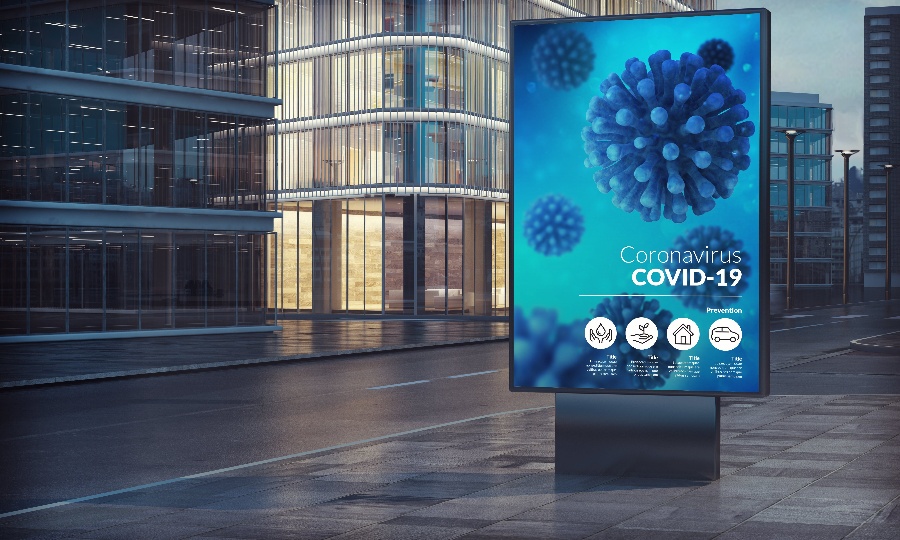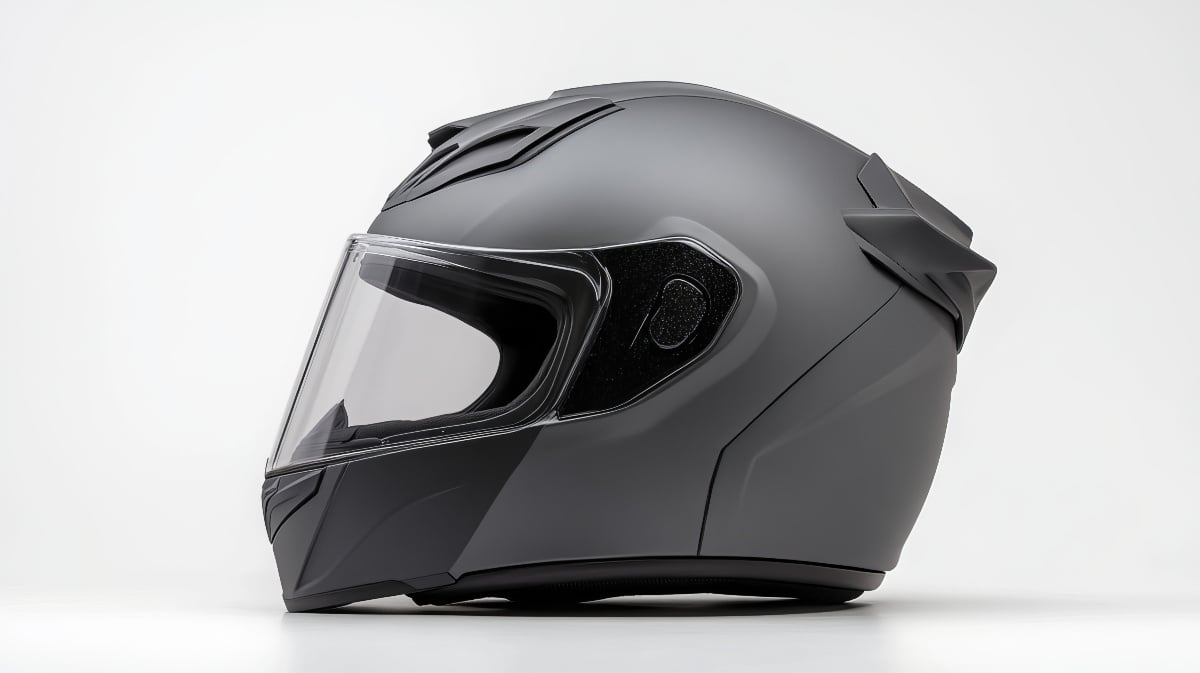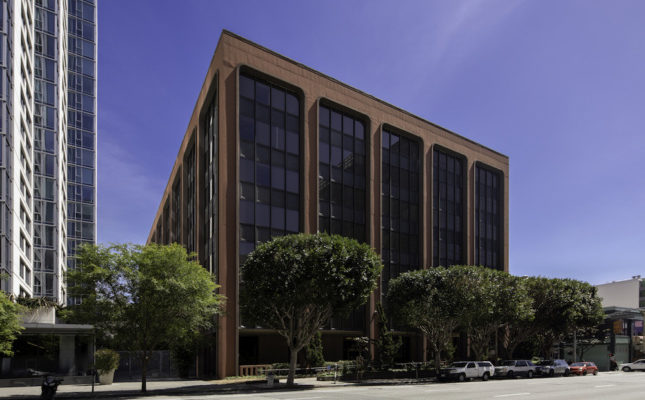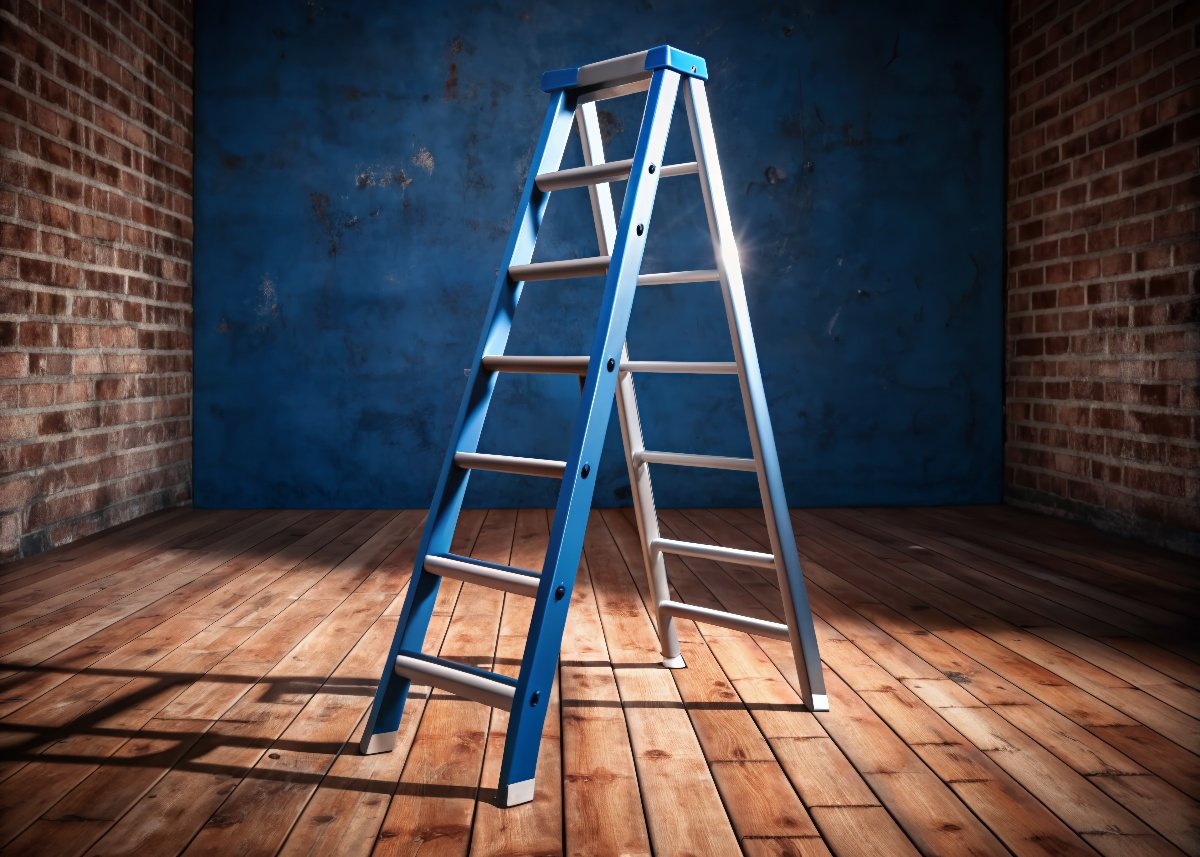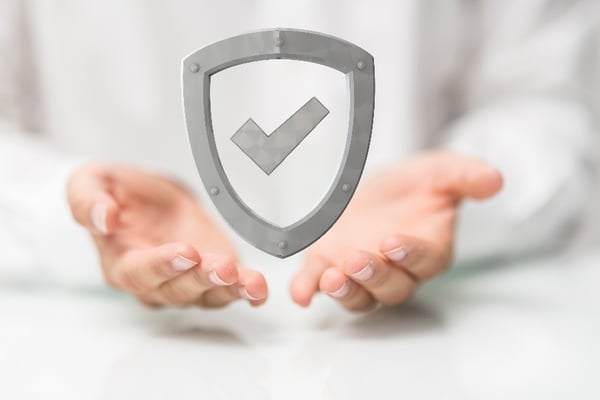
Fiber reinforced polymer (FRP) products are known for its thermal-resistant, impact-resistant, slip-resistant products for industries such as construction, automotive, aerospace, transportation and recreation.
Taking safety from many different threats into consideration, FRP composites can handle heat, environmental extremes and even stand up to the corrosive properties of water.
Pultruded products have been reinforced with polymer fibers to create high-performance building pieces. During the manufacturing process, fiber rovings made from carbon, glass, or aramid are pushed through a resin bath.
Resin is then also injected into the rovings which are then cast and cured into the desired shape.
The resulting products are high-quality materials that can be used to reinforce buildings and other structures.
As an alternative construction material that replaces wood, aluminum, steel, and concrete, FRP composites are safer. This post highlights the safety aspects of pultruded products.
Thermal-Resistant
Used to replace wooden beams, poles, and crossbars, pultruded fiberglass products have a major advantage as they are heat-resistant. FRP composites make buildings much safer as they have the ability to withstand much higher temperatures than wood and even metals.
Used in high-temperature applications, pultruded products feature a special coating on the fiberglass rods that makes FRP products non-conductive. Since wood is always considered a highly-conductive material even when wet, it can burn up rapidly during a fire.
Even with special heat-resistant coatings, extremely high temperatures can cause a predominantly wood structure to burn. FRP composites have a much higher heat tolerance, which makes them safer to use in construction work.
When compared to steel, pultruded products are non-conductive, corrosion-resistant, and 75% lighter without compromising on strength or rigidity.
Heat coming from thermal or electrical sources doesn’t melt FRP composites like it does steel. Although steel is known to have a higher heat-tolerance than wood, it pales in comparison to pultruded products.
Carbon-based pultruded products have a higher tensile strength and lighter weight than other fibers. These heat-resistant products are typically seen in use for automotive body parts for luxury cars like the Lamborghini.
Since this material doesn’t conduct electricity, it is often used to make hydrogen tanks on fuel cell trucks.
Impact-Resistant
Another key safety feature associated with pultruded products is the ability to withstand a hard impact.
Lightweight and durable, these composites can withstand natural disasters, flying debris, and extremely high winds. In a head-to-head comparison against aluminum, pultruded products showcase superior qualities by being more impact-resistant than aluminum.
Glass fiber pultruded products are created by melting silica sand and other raw materials and transforming them into delicate filaments. These filaments are then bunched together into rovings and drawn through a resin bath.
After curing, these glass fiber products offer increased tensile strength, stability, chemical-resistance, and impact-resistance.
As the oldest method of production and the most inexpensive type of pultruded product, glass fiber end products can be found in piping, tubes, window reinforcements, wind turbine blades, and even boats. Due to the high level of impact resistance, this type of FRP composite is commonly seen in products that are used in our daily lives.
The carbon version of pultruded products can be seen in sports and recreation items such as fishing rods, bicycles, hockey sticks, and tennis rods. All of these items take on impacts frequently with no problem. Users will not have to replace their equipment as it has a much longer lifespan and doesn’t wear down from daily impact.
By far, the most impressive use of pultruded products can be seen in the aramid fiber version. Also known as kevlar, synthetic fibers are formed using polyamide fibers to make bulletproof vests for law enforcement.
With a tensile strength of 500 ksi, a modulus of approximately 20 Msi, and elongation of almost 3%, this type of pultruded product has the highest impact resistance on the market.
It can also be found in sporting goods such as bicycle tires and in electronic casings for mobile devices like smartphones and tablets.
Slip-Resistant
Construction work is very dangerous, and walking across high-rise beams is one of the hazards of the job. Metals commonly seen on construction sites such as aluminum and steel can be very slippery.
Since they are typically polished and smoothed for easier installation and fittings, these beams pose a significant danger to workers.
By incorporating beams made of pultruded material, workers are less likely to fall while walking across the non-slip surface. This is due to the grit provided by the crossed fibers.
Workers can move about the construction site freely without having to worry about sliding, slipping or falling.
Non-Conductive
Offering more strength and better bend-resistance than aluminum, pultruded products are also non-conductive. This makes them ideal for use by electricians. The material will not oxidize over time like aluminum, and its lighter weight makes it highly transportable.
When compared to wood products, FRP composites offer much better resistance against weather conditions, heat, chemicals, insects, and impact.
Stronger, lighter, and long-lasting, poles made from pultruded fiberglass are less likely to be downed during storms. This makes them safer and more cost-effective since they will not cause significant damage as timber poles do.
Steel was a good option for a little while, but even this high-strength product can’t stand up against pultruded products in terms of safety. Pultruded fiberglass is safe, cheaper, and easier to transport than steel.
It also weighs 75% less than steel without compromising the overall strength. Its non-slip surface also makes it safer for workers to walk across, and maintenance costs are very low.
Conclusion
Most building materials will deteriorate over time. Wood will rot, warp, and decay. Aluminum can be bent and dented, which weakens the structure. Steel can rust over time, which can compromise the overall strength.
With pultruded products, none of these things will be a concern. Resistant to heat, impact, and slippage, FRP composites are far safer and more durable than other conventional building materials.
Using pultruded products as alternative building materials will save on repair costs further down the road.
If you need more information on our range of high-quality fiberglass products, we're ready to help. Please feel free to contact the experienced professionals at Tencom today to get started.

